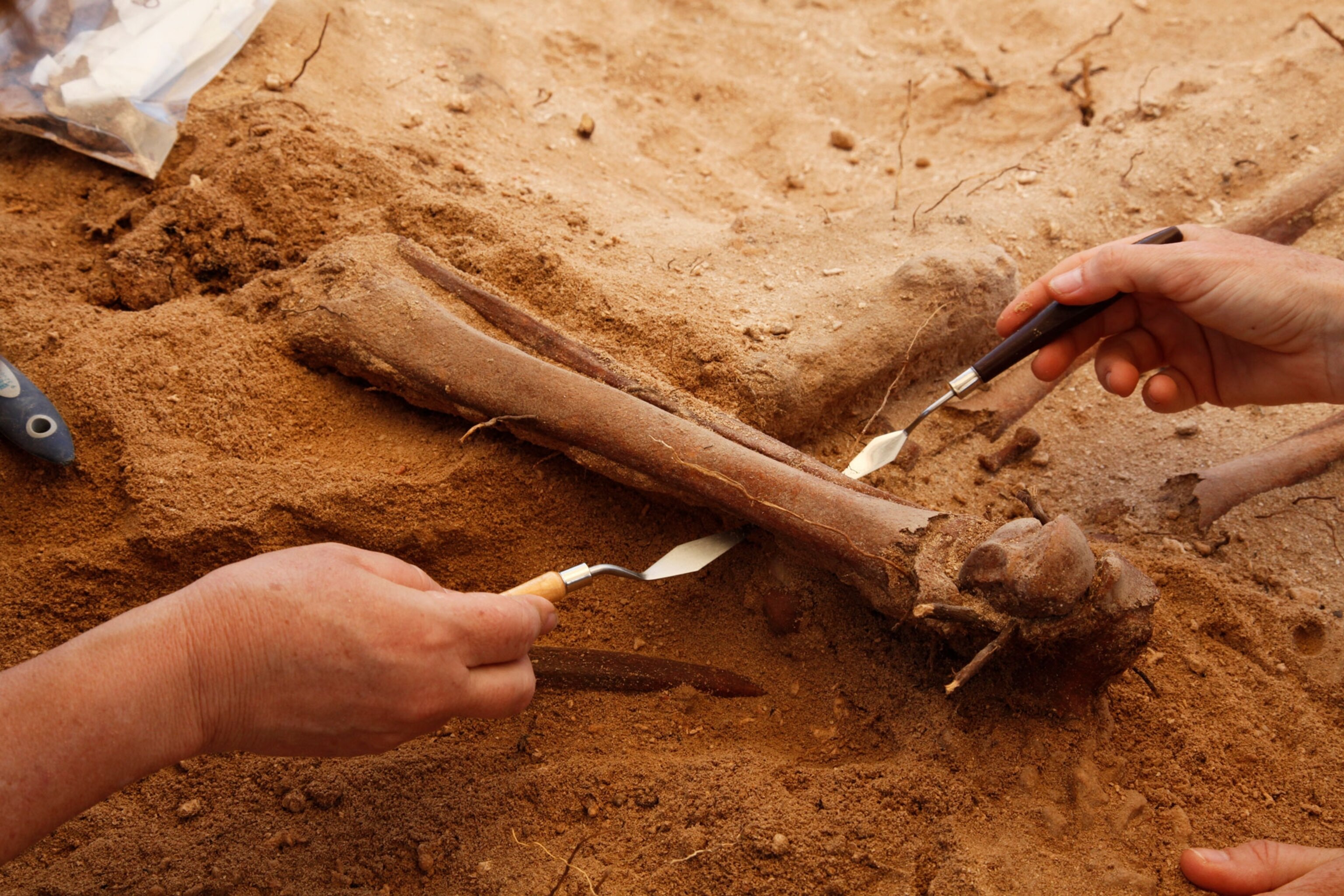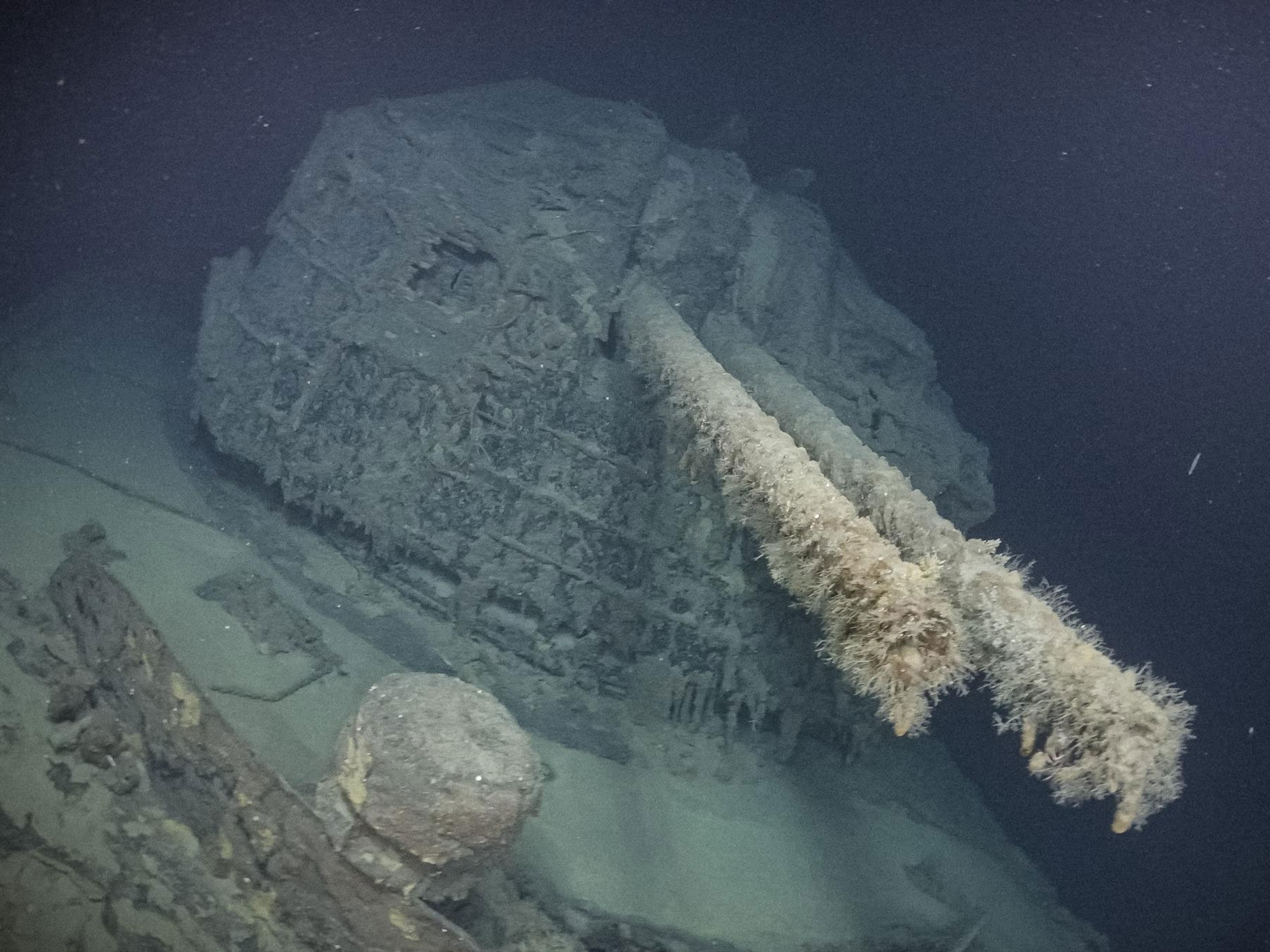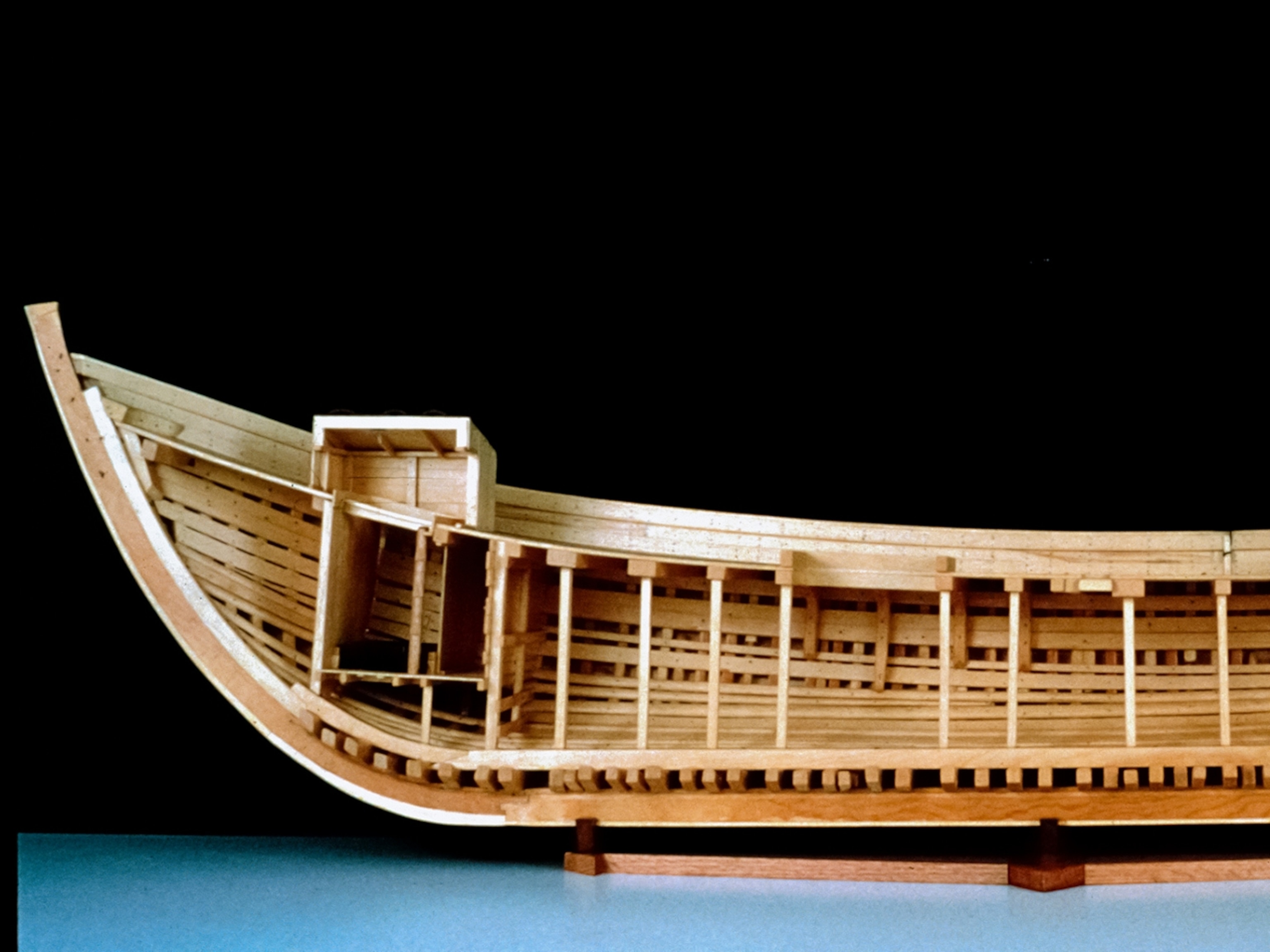Archaeologists Discover New Mass Grave From Notorious Shipwreck
While other passengers of the Batavia were chucked overboard or beheaded, victims from the latest discovery met a gentler fate.
On an island off the coast of Western Australia, archaeologists have found a mass grave associated with a shipwreck so nightmarishly gruesome, it makes Lord of the Flies look tame.
The grave contains remains of five passengers on the Batavia, a flagship of the Dutch East India Company that sank in 1629 on its maiden voyage from the Netherlands to Java. The bodies, interred neatly in a row and showing no signs of violence, likely died soon after the wreck of dehydration—before madness set in among some of the survivors.
Notoriously, many of the Batavia’s other passengers were murdered by mutineers after the ship ran aground on Morning Reef near Beacon Island. Signs of this brutality abound in other gravesites excavated by archaeologists. One such skeleton belongs to a man missing the top of his skull from a sword blow. His body was unceremoniously dragged into its final resting place.

The Batavia devolved into chaos when the ship’s commander Francisco Pelsaert left some 282 survivors behind on Beacon Island—part of the Houtman Abrolhos, an island chain some 50 miles off Australia’s coast—as he tried to find a nearby source of water. Thanks to horrendous luck, it took him three months to return with help.
In Pelsaert’s absence, a hedonistic merchant named Jeronimus Cornelisz took charge and orchestrated dozens of murders, killing even women and children. His reign of terror ended when some men he had sent to explore other islands overpowered him; upon Pelsaert’s return, Cornelisz and many of his fellow mutineers were executed.
In all, some 115 people died following the shipwreck, many of whom were slain. Beacon Island now bears the nickname “Batavia’s Graveyard,” and some media outlets have taken to calling it “Murder Island.”
“It’s quite a bizarre story, isn’t it?” says Jeremy Green, head of maritime archaeology at the Western Australian Museum, who has studied the wreck of the Batavia for more than 40 years. “I haven’t read anything quite as bad.”
Shining a Light on Tragedy
The mass grave findings on Beacon Island, though tragic, offer a rare scientific luxury. Because Pelsaert published his journals after the incident, archaeologists can compare their findings with a detailed historical account. (Read an English translation of Pelsaert’s journals.)
It’s a line of inquiry that scientists have pursued for decades. In fact, Green says that the 1963 discovery of the Batavia prompted Western Australia to pass laws protecting the province’s underwater archaeological heritage—the first laws of its kind on Earth.
While some remains were found on Beacon Island at the time, it took another two decades to uncover more of the Batavia’s victims. In the late 1980s, fishermen on Beacon Island were digging a drain from their bathroom when they stumbled across human bones. In 1994 archaeologists began excavating the site, which contained the bodies of three adults, a teenager, a child, and an infant.
In the years since, archaeologists have kept up the hunt for new gravesites.
“A total of 10 individuals have been discovered in a central part of Beacon Island in the past three years during our research project, providing valuable new information,” University of Western Australia professor Daniel Franklin said in a statement.

Liesbeth Smits, a physical anthropologist at the University of Amsterdam, plans on measuring the newfound skeletons’ precise elemental compositions, which chemically hint at the victims’ diets and home countries. “You are what you eat,” she says.
Using these techniques, she previously found that despite the vessel’s Dutch port of call, many of the Batavia's passengers hailed from Scandinavia, the United Kingdom, France, and Germany.
Green says that this cosmopolitan crew came with the times. In the 1620s, Europe was in the throes of the horrific Thirty Years’ War, and the Netherlands was still fighting its decades-long war of independence against Spain.
Joining the Dutch East India Company came with risks; only one of three Europeans who made the trip ever returned. But as the conflicts of the age dispossessed many, some saw the Batavia as a way out.
“People move where there was opportunity. [They could be] fed and reasonably well-paid, with prospects of making a small fortune if they were lucky,” says Green.
Study of these decidedly unlucky passengers continues. Green says that the team will publish scholarly articles on their findings next year—illuminating with the light of science an atrocity that played out nearly four centuries ago.
“I have been doing this work for a very long time, so I’m used to violent deaths,” says Smits. In the Batavia’s case, “you know exactly what happened to them and how gruesome it was, [so] it does come close, but you always remain objective.”





